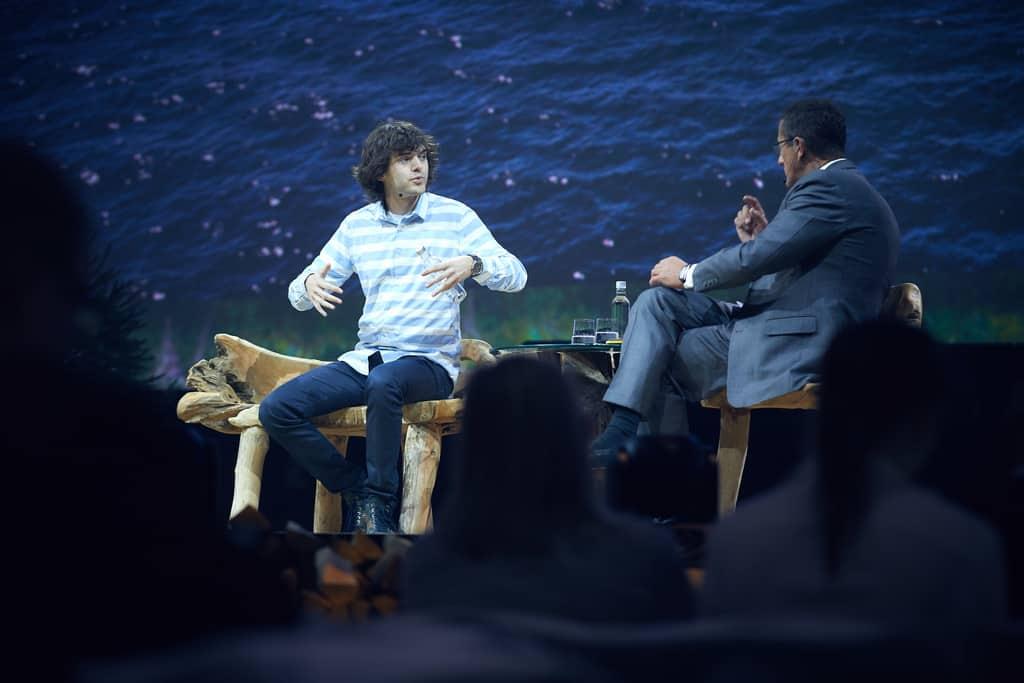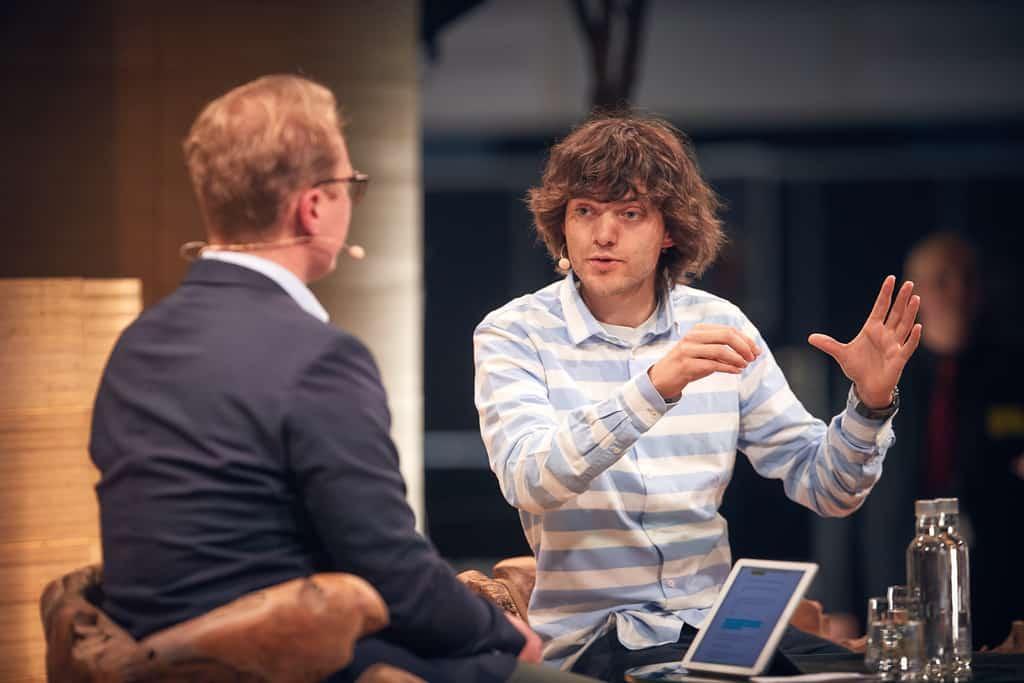3Oct2017
“I was always an inventor. I enjoyed thinking about problems and how to solve them from a young age. Of course, I didn’t tackle these types of problems in my childhood – it was more how to launch 50 bottle rockets at a time.” Boyan Slat, CEO and Founder of The Ocean Cleanup, is no normal 23-year-old.
The world’s oceanic plastic is concentrated in five large garbage patches, with the largest being the Great Pacific Garbage Patch. By Slat’s estimation, cleaning these patches by conventional methods could take up to 79,000 years.
Collecting dispersed oceanic plastic is extremely difficult. What if it could be concentrated? “I thought, why move through the ocean – when the ocean can move through you instead? Oceanic currents are in constant motion. Why can’t we use those networks to our advantage and let them do the hard work for us?”
There was an additional engineering puzzle to be solved. For plastic to be collected, Slat realized his system of floating, U-shaped buoys had to move at a slower pace than the surrounding plastic. “If both move at the same speed, nothing would happen. We had to develop a way for our system to move slower than the plastic it was built to catch.
“The deeper you go in the ocean, the slower the current gets. At the surface, the water moves very fast, but if you go down a few meters, the water is almost stagnant – it hardly moves. We suspend an anchor in this deeper water layer that slows down the system just enough for it to begin plastic collection.”
With testing nearing completion, The Ocean Cleanup is ready to launch its first full-scale operational system into the Great Pacific Garbage Patch in early 2018. “We’ve now been able to show that 16 of these systems working together would be able to clear half of the Great Pacific Garbage Patch within 5 years. Hopefully, we will be successful – somebody has to do this.”



 by:
by: